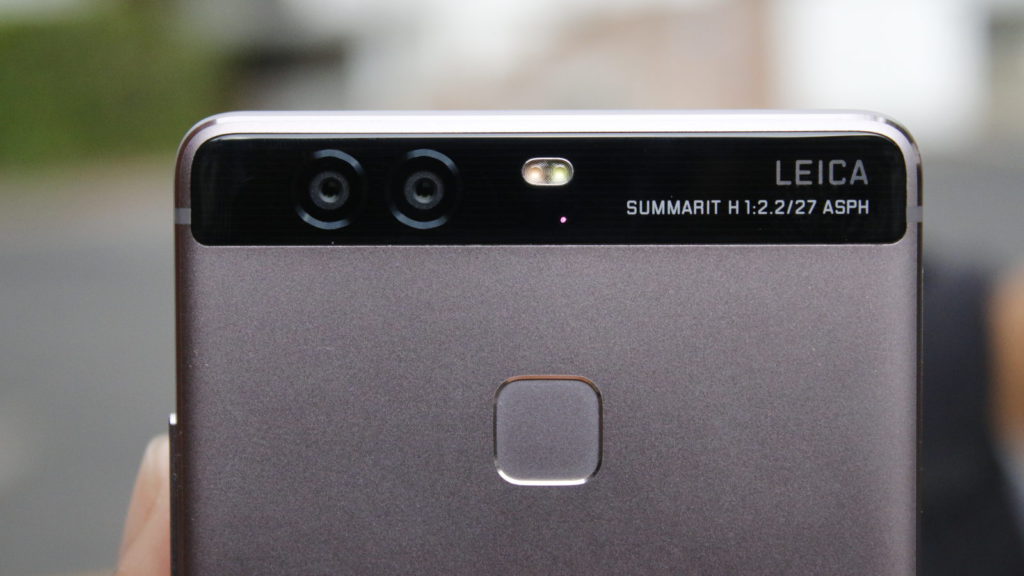Chinese company Huawei has been on a roll over the past couple of years, seeing ever rising numbers and eclipsing established manufacturers in several markets.
Now, the company has revealed more good news, thanks to its financial results for the first half of the year.
No ad to show here.
“Sales revenue in the first half of 2016 increased by 41% year-on- year to US$11.6-billion. Smartphone shipments stood at 60.56-million, a year-on- year increase of 25%,” the company explained in an emailed press statement.
Global smartphone shipments in general for the first half of 2016 grew by 3.1%, Huawei said, citing IDC information.
“We saw particularly fast growth in traditionally high-end smartphone markets such as Europe and emerging markets including North Africa, Central Asia and Latin America,” Huawei Consumer Business Group CEO Richard Yu said in the statement.
The Chinese brand noted that international markets were seeing 1.6 times faster growth than mainland China.
The company cited GFK data for findings too, claiming that it held 15% marketshare in several European markets and 11.4% global smartphone marketshare.
What about African markets?
The GFK data also shed light on two key African markets, in the form of Egypt and South Africa. Huawei said that is smartphone marketshare in Egypt was sitting at 20%. In South Africa, it claimed growth of 38%.
“Following European trends our growth has largely been in the G, P and M series in the US$200 – US$700 price band. We will continue to innovate at the high end and capture premium users,” said Charlene Munilal, general manager for Huawei’s Consumer Business Group in SA.
So, we know about its growth in SA, but what about marketshare though?
In June, Munilal said that its overall local marketshare was sitting at 10%.
“Our marketshare in the high-end is 34%,” she added at the time, defining “high-end” as US$300 and above.
As for sales of its top-end smartphones, the company claimed some good news here too.
“Sales volume of the Mate 8 increased by 65% when compared with sales of the Mate 7 during the same period in 2015. Furthermore, 4.5-million P9 and P9 Plus devices have also been sold, of which the number of devices sold internationally increased by 120% when compared with sales of the P8 during the same period in 2015,” the company elaborated in its statement.
